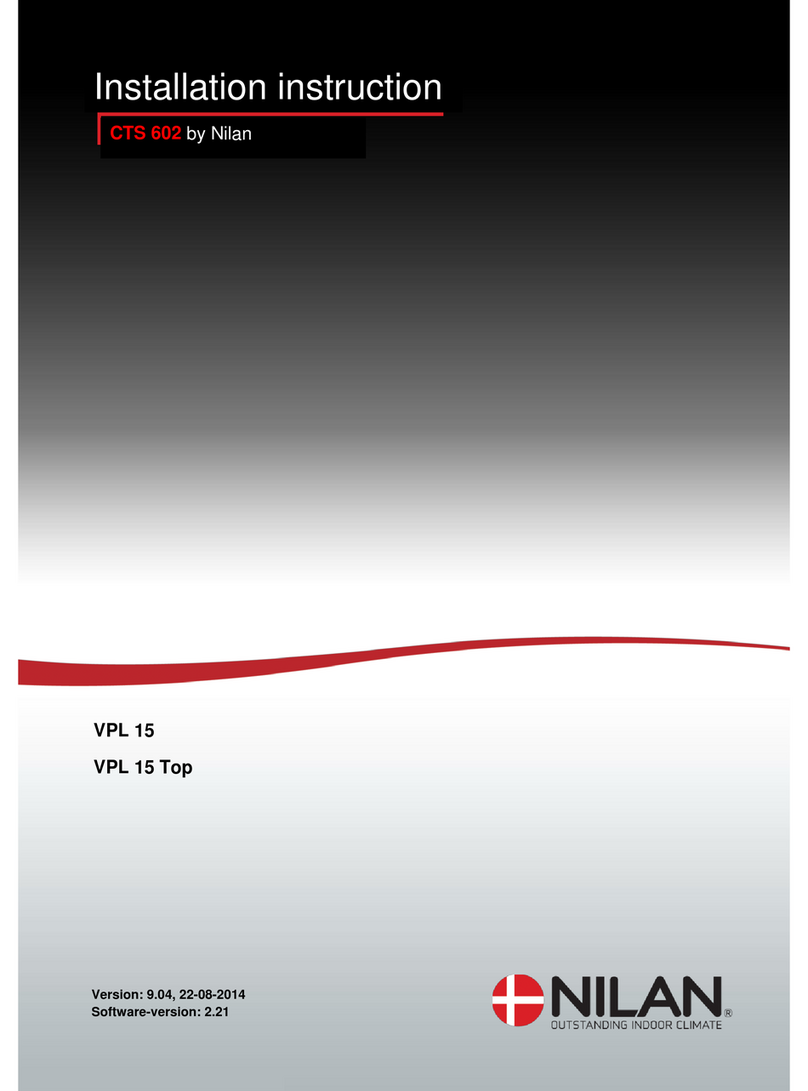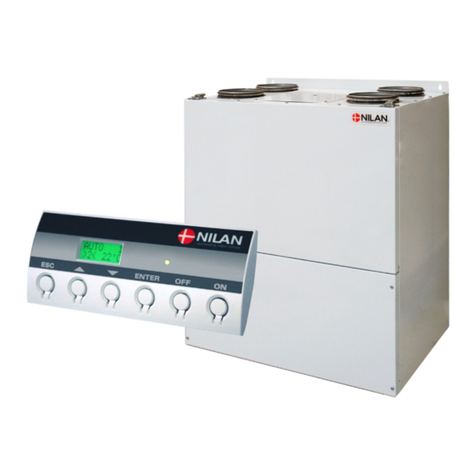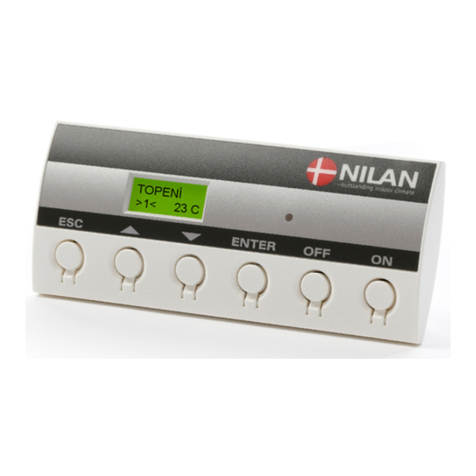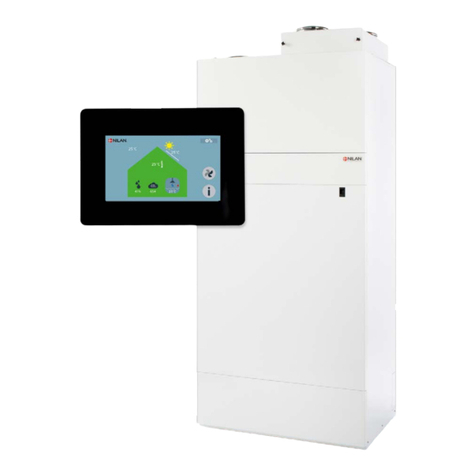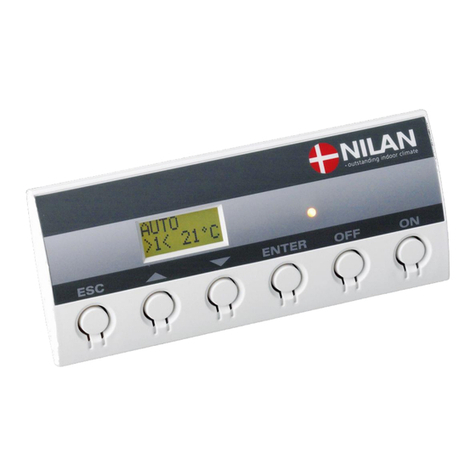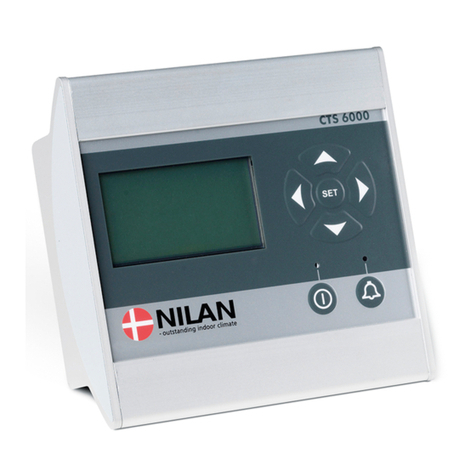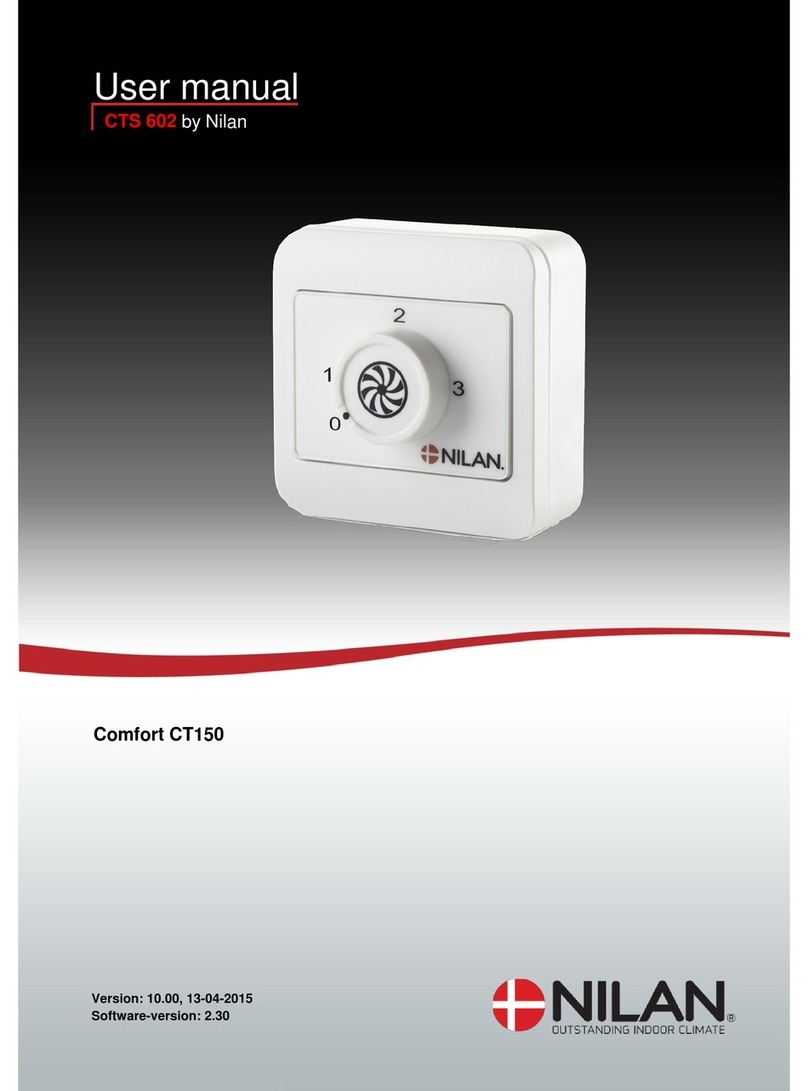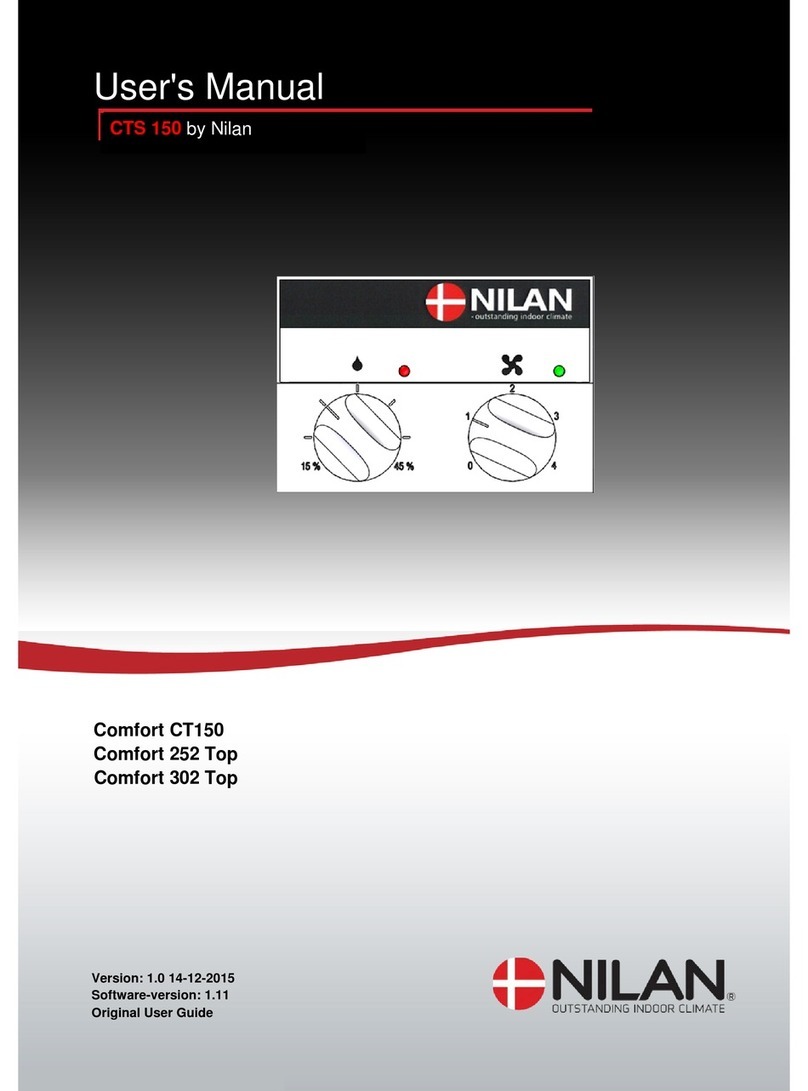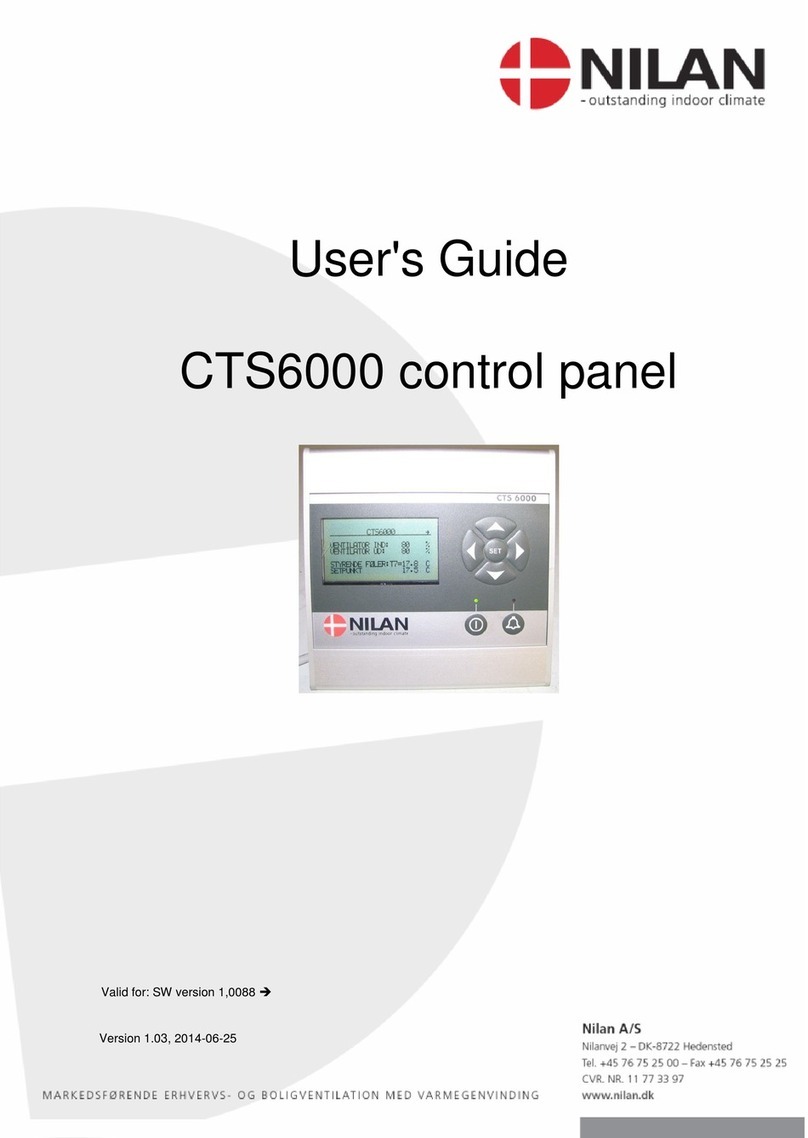
Contents
Contents.........................................................................................................................................2
Figure table ....................................................................................................................................2
Before starting................................................................................................................................4
Electrical connection....................................................................................................................... 5
Installing Compact S.......................................................................................................................6
Condensation drain/water trap........................................................................................................9
Water connection.......................................................................................................................... 10
Supplementary heating element DHW.......................................................................................... 10
Duct connection.............................................................................................................................11
Electrical heating element............................................................................................................. 12
Start-up and configuration of CTS 602 controls............................................................................ 13
Startup......................................................................................................................................13
CTS 602 configuration .............................................................................................................. 13
Activating the Mainmenu/submenu menu.................................................................................. 13
Activating the SERVICE menu.................................................................................................. 14
Inlet heating.............................................................................................................................. 15
Hotwater ...................................................................................................................................16
Air quality.................................................................................................................................. 17
Air exchange............................................................................................................................. 18
Defrost......................................................................................................................................19
Temp. control............................................................................................................................ 20
Inlet control............................................................................................................................... 21
Room control ............................................................................................................................ 22
Restart......................................................................................................................................23
Preset....................................................................................................................................... 24
Manual......................................................................................................................................25
Modbus..................................................................................................................................... 26
Datalog .....................................................................................................................................27
Fault finding.................................................................................................................................. 28
Maintenance................................................................................................................................. 29
Energy saving............................................................................................................................... 31
Accessories / spare parts ............................................................................................................. 32
Recycling of this HVAC equipment ............................................................................................... 33
Figure table
Figur 1: CTS 602 Control Panel...................................................................................................... 5
Figur 2: Duct Connections..............................................................................................................6
Figur 3: Sketch of Compact S......................................................................................................... 7
Figur 4: Location of temperature sensors ....................................................................................... 8
Figur 5: Location of sacrificial anode............................................................................................. 10
Figur 6: Water connections........................................................................................................... 10
Figur 7: Flexible connection.......................................................................................................... 10
Figur 8: Insulation of ducting..........................................................................................................11
Figur 9: Headlines in the service menu......................................................................................... 14
Figur 10: The "inlet heating" Menu................................................................................................ 15
Figur 11: The "Hotwater" Menu..................................................................................................... 16
Figur 12: The "Air quality" Menu ................................................................................................... 17
Figur 13: The "Air exchange" Menu.............................................................................................. 18
Figur 14: The "Defrost" Menu ....................................................................................................... 19
Figur 15: The "Temp. control" Menu.............................................................................................. 20
Figur 16: The "Inlet control" Menu................................................................................................. 21
Figur 17: The "Room control" Menu.............................................................................................. 22
